What Is a Jade Plant?
- Native to South Africa and Mozambique, jade plants are easy to grow indoors and can live up to 100 years with consistent care. Sometimes called the “money tree,” jade plants are a symbol of good luck, luck, and prosperity in some cultures. Jade plants are toxic to cats and dogs, so it is wise to keep them out of reach of pets.
- Jade plants are succulents with thick, oval leaves and thick stems. There are many varieties of jade plants, but the most common types of jade plants include Harbor Lights and Hummel’s Sunset varieties. Even though they grow slowly – about two inches a year – jade plants can reach six feet in height and three feet in width.
How to Grow Jade Plants-Jade Plant Care Guide
The jade plant is a low-maintenance succulent and popular houseplant that can live for many decades if cared for properly.
How to Care for a Jade Plant ?
- Too much direct sunlight can scorch the leaves of young jade plants or cause the leaves of mature plants to develop red ends. Not enough sunlight can stunt their growth or cause them to look leggy and sprawling. Aim for four to six hours of indirect sunlight a day, and move the plant gradually if you need to adjust the amount of light the jade plant receives. Depending on the season, you may need to move your jade plant to full sun.
- Over-watered jade plants can develop root rot, so do less when watering. Although jade plants may need slightly more water in the spring and summer months, watering only once a week or even once a month should be sufficient. To check if your plant needs water, insert your finger into the soil to check the moisture, and only water if the soil is dry. You can also check the leaves; Swollen and swollen leaves indicate that the plant is over-watered, while shriveled leaves indicate that the plant is lacking in water. Since tap water can contain salts and minerals that can be harmful to the plant, filtered water is ideal.
- It’s important to let the soil dry out between waterings—and how long it takes depends on the temperature, sunlight, and drainage of the pot. Terracotta clay pots are a great choice, as they are porous and allow quick drying, although other clay pots also work.
- After a dormant winter, jade plants enter a growing season that lasts from early spring to early fall. This window is the ideal time to apply fertilizer.
- As the jade plant grows, so will its roots. To encourage growth, repot young jade plants every two to three years and older jade plants every four to five years. Repotting should occur at the beginning of the growing season in early spring.
- Should your jade plant get bigger than you anticipated, you can experiment with propagation, or grow new plants from stem cuttings or leaf cuttings. Simply cut off a piece of stem or leaf, and place it in a cactus-specific soil mix to grow a new plant.

















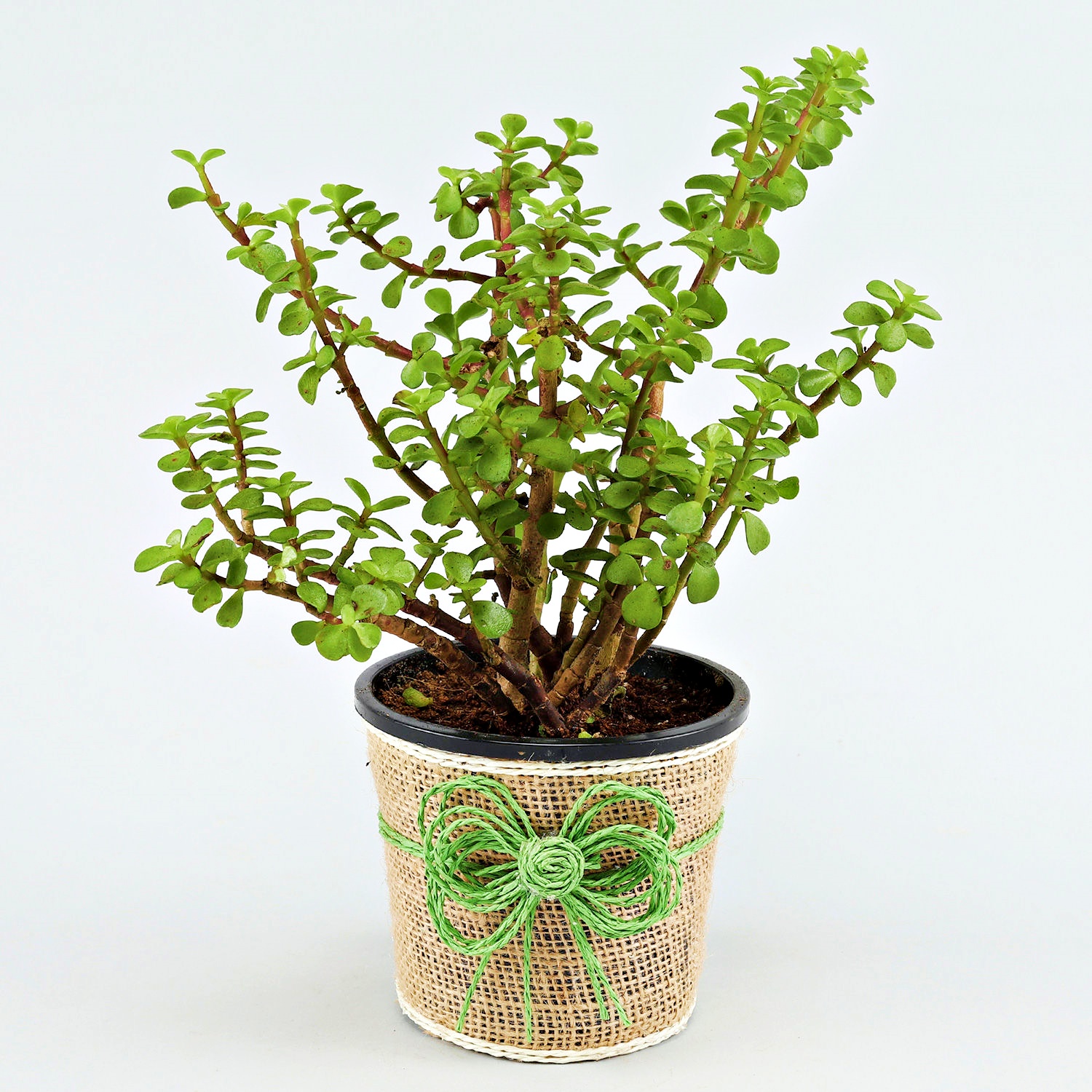
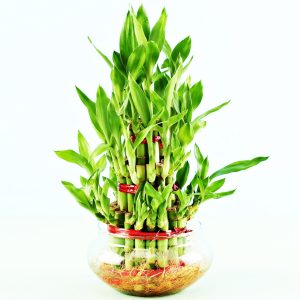





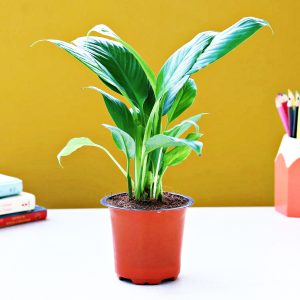


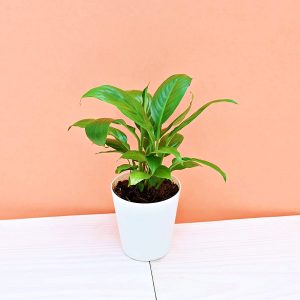

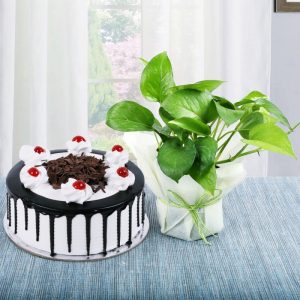









Reviews
There are no reviews yet.